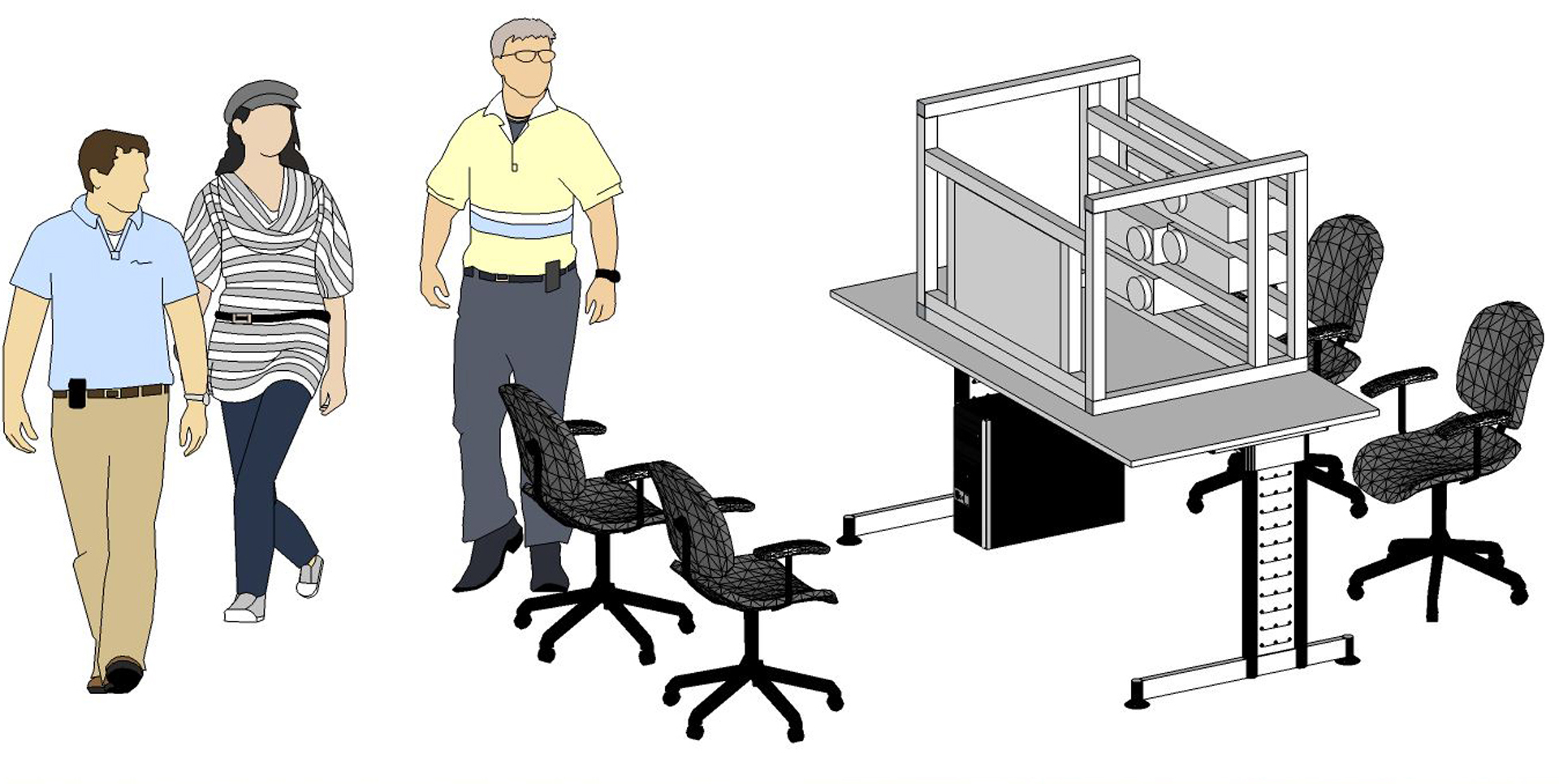“Interactive Light Field Painting” by Tompkin, Muff, Jakuschevskij, McCann, Kautz, et al. …
Notice: Pod Template PHP code has been deprecated, please use WP Templates instead of embedding PHP. has been deprecated since Pods version 2.3 with no alternative available. in /data/siggraph/websites/history/wp-content/plugins/pods/includes/general.php on line 518
Conference:
- SIGGRAPH 2012
-
More from SIGGRAPH 2012:
Notice: Array to string conversion in /data/siggraph/websites/history/wp-content/plugins/siggraph-archive-plugin/src/next_previous/source.php on line 345

Notice: Array to string conversion in /data/siggraph/websites/history/wp-content/plugins/siggraph-archive-plugin/src/next_previous/source.php on line 345

Type(s):
Entry Number: 12
Title:
- Interactive Light Field Painting
Presenter(s):
Description:
Since the seminal SketchPad work of Sutherland [1964], direct interaction with a computer has been compelling: we can directly touch, move, and change what we see. Direct interaction is a major contribution to the success of smartphones and tablets; yet, the world is not flat. While existing technologies can display realistic multi-view stereoscopic 3D content reasonably well [Lueder 2012], interaction within the same 3D space often requires extensive additional hardware. We present a cheap and easy system that uses the same lenslet array for both multi-view autostereoscopic display and 3D light-pen position sensing.
The display provides multi-user glasses-free autostereoscopic viewing with motion parallax. A single near-infrared camera located behind the lenslet array is used to track a light pen held by the user. Full 3D position tracking is accomplished by analysing the pattern produced when light from the pen shines through the lenselet array. This light pen can be used to directly draw into a displayed light field, or as input for object manipulation or defining parametric lines.
Our system has a number of advantages. First, it inexpensively provides both multi-view autostereoscopic display and 3D sensing with a 1:1 mapping. To the best of our knowledge, this has not been offered in previous interactive content creation systems. Second, as the same lenslet array provides both 3D display and 3D sensing, our system design is extremely simple, inexpensive, and easy to build and calibrate. We show a variety of interesting interaction styles with a prototype implementation: freehand drawing, polygonal and parametric line drawing, model manipulation and model editing.
References:
LUEDER, E. 2012. 3D Displays. Wiley.
SUTHERLAND, I. E. 1964. Sketchpad: A man-machine graphical communication system. In Proceedings of the SHARE design automation workshop, DAC ’64.








